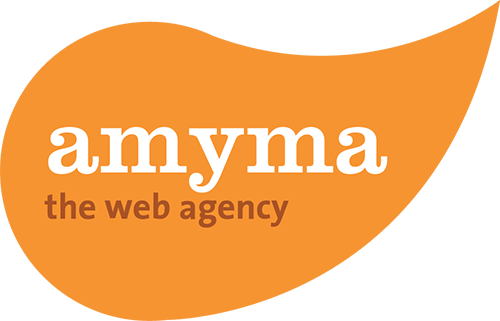Technology vs. Design – uniting opposites in web design
In the beginning of the internet there were only meagerly programmed web sites. The internet was purely for information purposes, using colour for background or font was almost excessive.
This was a state the dinosaurs among programmers may wish themselves back to – Spartan web sites which are loaded within seconds even via ancient 56k-modems.
For very quickly designers discovered this new terrain as a playground for their creativity and devised wonderful web experiences, which would exceed the boundaries of usability and performance of modems and ISDN and caused programmers a lot of grey hair.
For quite a while, Flash-Intros and animations were the ne plus ultra for web designers. However, pages that can’t be view before large amounts of data have been loaded try the patience of users. They have become self-confident. Thus, the principle of “design over content” is now outdated.
The trend is toward content
Social networks lead the field: simple and fast websites are in fashion. Have you ever noticed a lengthy intro when you wanted to log into Facebook? No? Exactly! Social networks are designed specifically so every user can easily and quickly access his network and read the newest posts and information. Granted, there is a design (after all, we’re not in a 1990 newsgroup), but it is kept to a minimum. Functionality takes absolute precedence.
Compatible design is important
A few years ago it was so simple – when a website worked in Internet Explorer and Netscape (now called Firefox), it was good to go in respect of compatibility.
These two primary rocks of browsing have been getting a lot of competition in the past few years. Apple’s Safari and Google Chrome have got quite a share in the market. Add to that the mobile browsers – especially iOS and Android – for which web sites need to be compatible as well.
Web designers are well advised to create user friendly and quickly loaded sites compatible to all end devices.
Meet the need for security
Nowadays, internet is a routine commodity in many jobs. What needs to be kept in mind though is that many company networks will by default block all dynamic content like animated graphics or Flash. In the worst case, a wonderfully designed website might end up looking like it’s been torn to shreds, provided it can even be opened from within the network.
Also: you should never put important information into popup windows! All modern browsers contain popup blockers to hide unwanted advertisements. This way almost every user might miss your great offer or the latest news.
Not everyone has broadband
In some regions, namely rural areas, developing the DSL infrastructure isn’t worthwhile for providers. In Germany, of 40 million households only about 23 million have DSL, which is only slightly more than half.
About one third of all German household cannot – or doesn’t want to yet – surf the net via broadband and needs to resort to ISDN or in rare cases even analogue connections.
Important for internationally active companies: of almost 2 billion internet users worldwide in 2010 only about one quarter had broadband.
In these cases, web pages which load within seconds via DSL, may take several minutes to load.
Straightforward navigation for good usability
Menus for navigation are the standard – despite all tries of creative web designers to find other means of navigating – for example large format images in which you need to find the links by mouseovers or web sites you need to scroll metres to the left or right to find new content.
Meanwhile, clearly designed menu bars are to be found on every modern web site. Of course, “clear” does not need to mean plain. Menu bars in pages programmed in XHTML or CSS can be designed beautifully. Plus Google will be able to pick up and index the linked pages as well, meaning your homepage will generate a lot more pageviews.
With Flash-menus or image navigation Google and Co. have few chances of finding the linked pages. Which of course doesn’t mean that Flash is generally a bad idea – just like Javascript or frames it should be used sensibly and user friendly.
Remember the downloads
You should always keep an eye on the technical limitations of your web site viewers, for downloads as well as web design.
Having the files as small as possible without them losing quality goes without saying. On top of that, using proprietary formats should be avoided. You may have created a wonderful presentation you would love to show your customers and visitors – but not everyone has the software to even view the file. Also, not everyone knows what to do with packed files in exotic formats like *.bin or *.ace.
Be careful to offer downloads in formats of generally accepted standards, which work independent of the operating system – like PDF or ZIP. As image formats, jpeg, png and gif are the most common.
Content and design are equally important
Even if the hardcore programmers’ dream – loading a whole websites within seconds via a 56k-modem – won’t be fulfilled with today’s visual habits and demands, the balancing act between functionality and technology can be easily solved.
With a website designed in CSS/XHTML, you can have both – neat technology and great design – moulded into a homogenous entirety.





